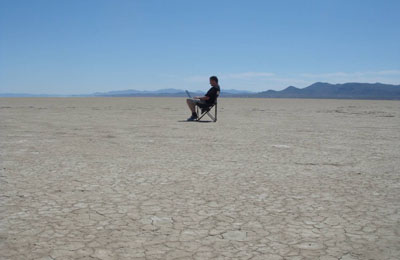High Altitude Bioprospecting
We were searching the outer reaches of the earth's atmosphere for extremophiles capable of living high up where there is very little atmosphere but lots of UV radiation. Long term exposure to these levels of radiation would certainly be harmful to humans, causing mutations in our cells leading to skin-cancer, so if life can be found in these types of environments it must have evolved a method of either preventing, or more likely repairing, cell damage caused by UV radiation, and could possibly lead to the development of techniques to allow similar repairs on human cells.
The experiment performed in-flight capture and testing of airsamples to detect signs of life in-situ, thereby avoiding issues of possible contamination on the ground. The experiment consisted of syringes to pull and push air around the experiment, a sterile incubation chamber, an enzyme mix and fluorescent dye. A light sensor would detect the dye, indicating the presence of DNA. The syringes were moved by connecting them in pairs to shape-memory-alloy (SMA) springs, with more SMA springs to open and close valves. The whole thing was controlled by an on-board computer, using a radio modem to communicate with the ground.
|
 |





